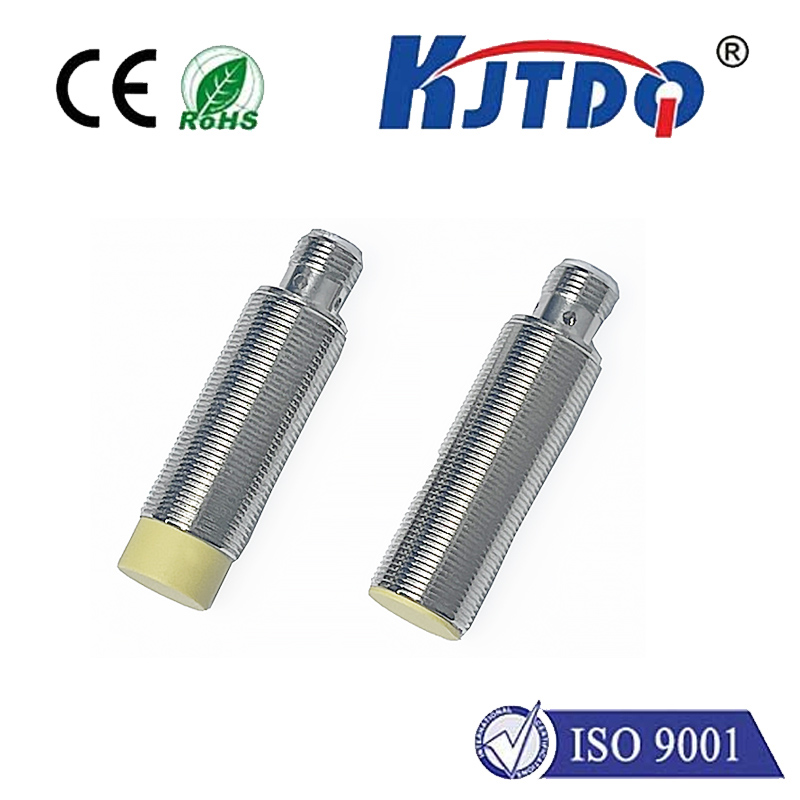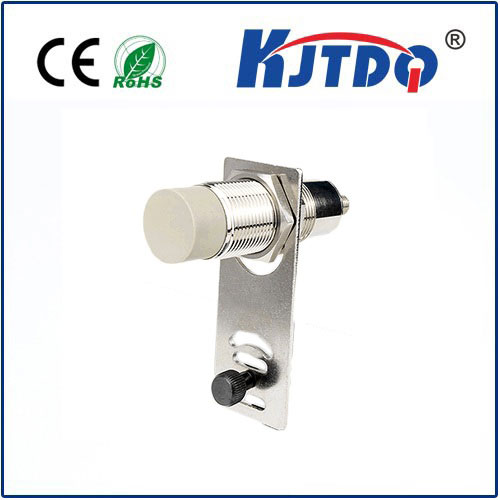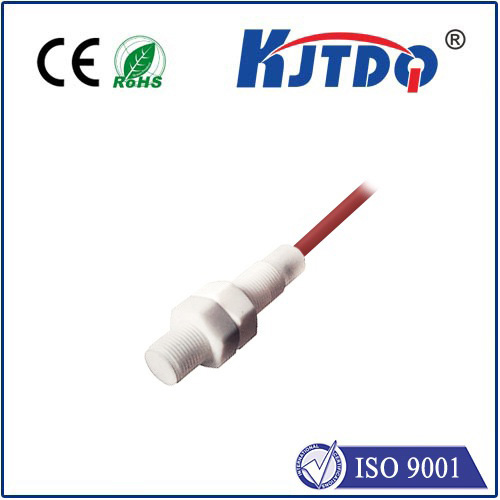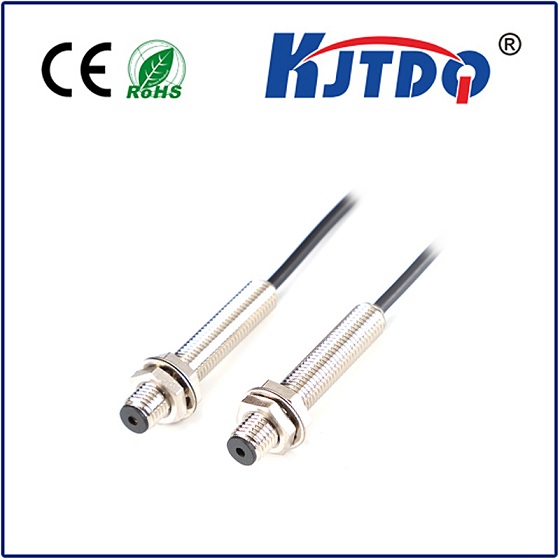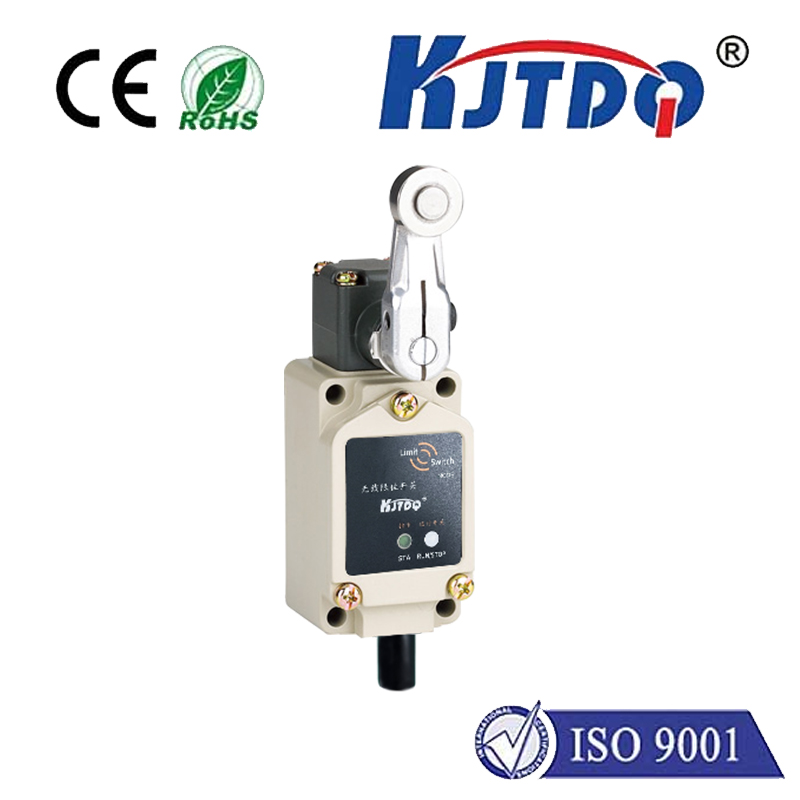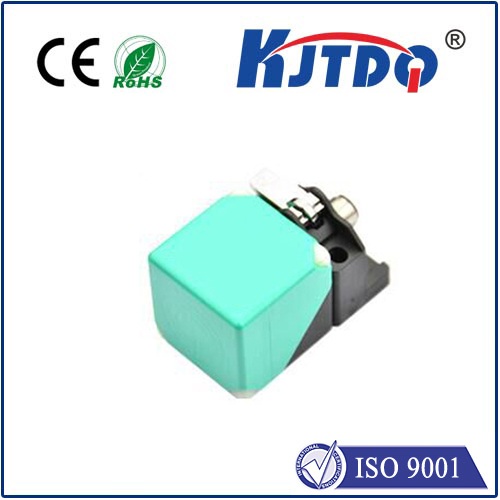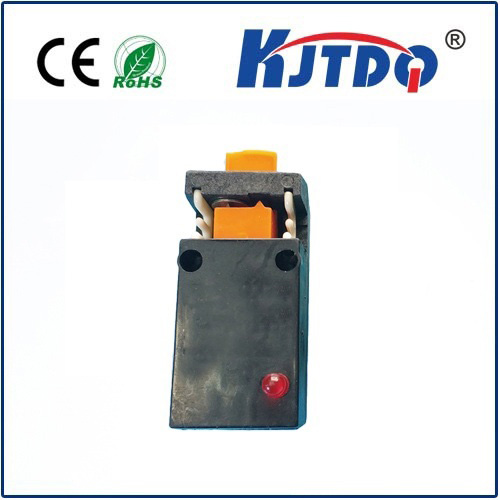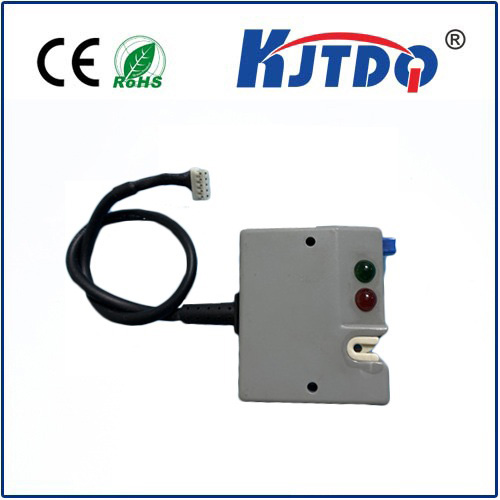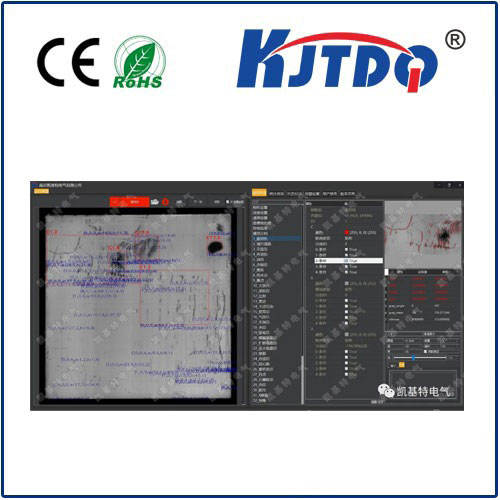
check

check

check

check
TOF VCsel technology represents a groundbreaking advancement in the realm of 3D imaging, offering unparalleled precision and functionality. Harnessing the power of Time of Flight (ToF) principles, this technology has revolutionized various industries, including smartphone manufacturing, robotics, and automotive systems.
Time of Flight technology operates on the principle of sending out continuous infrared light pulses of a specific wavelength towards an object. The sensor then detects these pulses as they reflect off the object, measuring either the flight time or the phase difference to calculate depth information. This system is composed of illumination units, optical lenses, and image sensors. It's important to note that ToF cameras can detect objects between 0.4 meters to 5 meters away, making them suitable for both close-range and mid-range detection needs.

One of the key advantages of ToF technology is its resilience to interference and ability to operate at higher frame rates per second (FPS), ensuring excellent performance in dynamic scenarios. Furthermore, the computational requirements for depth information are significantly lower compared to other 3D imaging techniques due to ToF’s less complex data processing needs. However, when compared to structured light technology, ToF falls short in terms of imaging precision and depth map resolution, while also being more power-hungry.
The introduction of VCSEL technology, specifically designed for 3D ToF, has further propelled the capabilities of ToF systems. With products such as the TRay VCSEL + Diffuser series, ToF cameras can now offer extended operation ranges of up to 10 meters, all within a compact form factor. These advanced devices not only deliver high accuracy and reliability but also boast a high photoelectric conversion rate and reduced power consumption.
In terms of hardware configurations, the diffusion plate, or Diffuser, plays a crucial role in ToF emission technology. By providing a uniform surface light source, the combination of VCSEL and Diffuser allows for consistent and precise measurements. Unlike structured light, ToF’s VCSEL does not require intricate coding patterns, simplifying device production and assembly processes.
Moreover, in applications requiring automation, the need for short-pulse driving and higher output powers is imperative for achieving enhanced sensing precision. Previously, VCSEL-based laser sources required separate MOSFET products to drive the illumination sources, which complicated the design. However, advancements in VCSEL technology have enabled integrated solutions, minimizing parasitic inductances and improving overall system performance.
The advent of TOF VCsel technology heralds a new era in 3D imaging, promising to enhance user experiences and operational efficiencies across diverse sectors. With ongoing innovations in VCSEL and ToF systems, the future remains bright for this transformative technology, as it continues to unlock new potentials in depth perception and spatial awareness.
